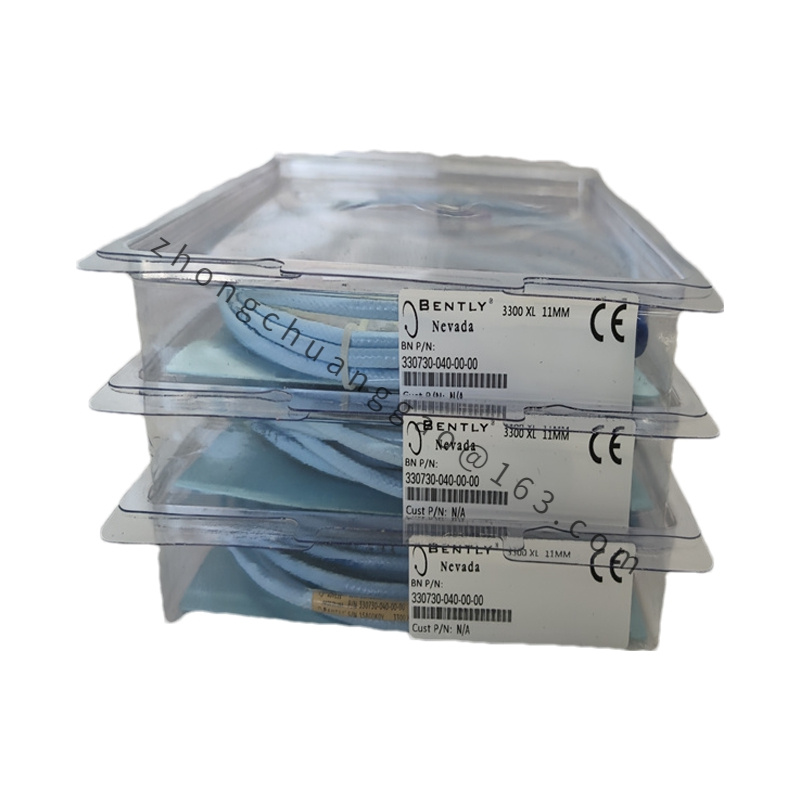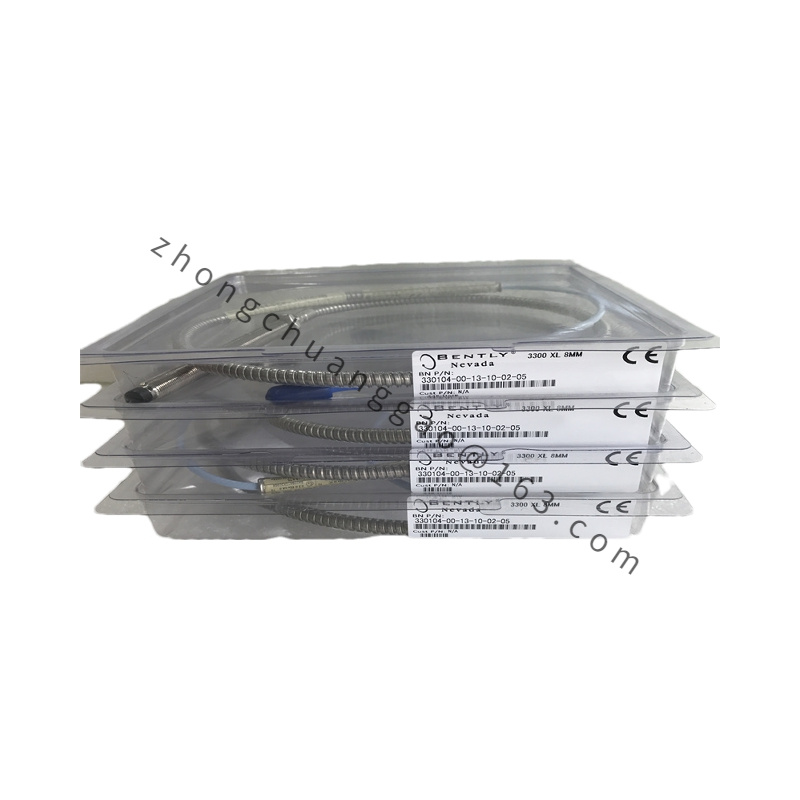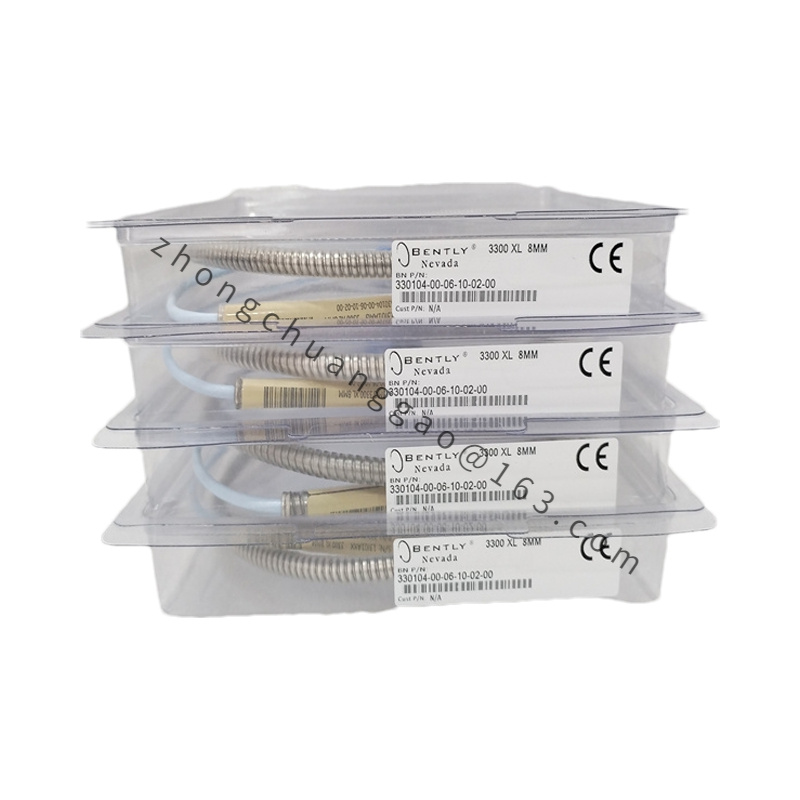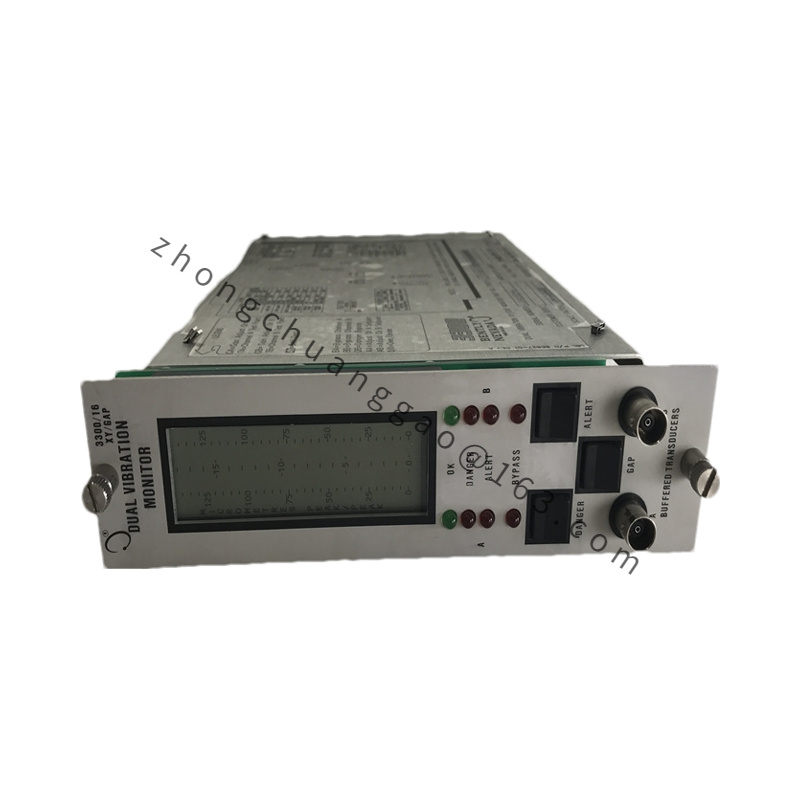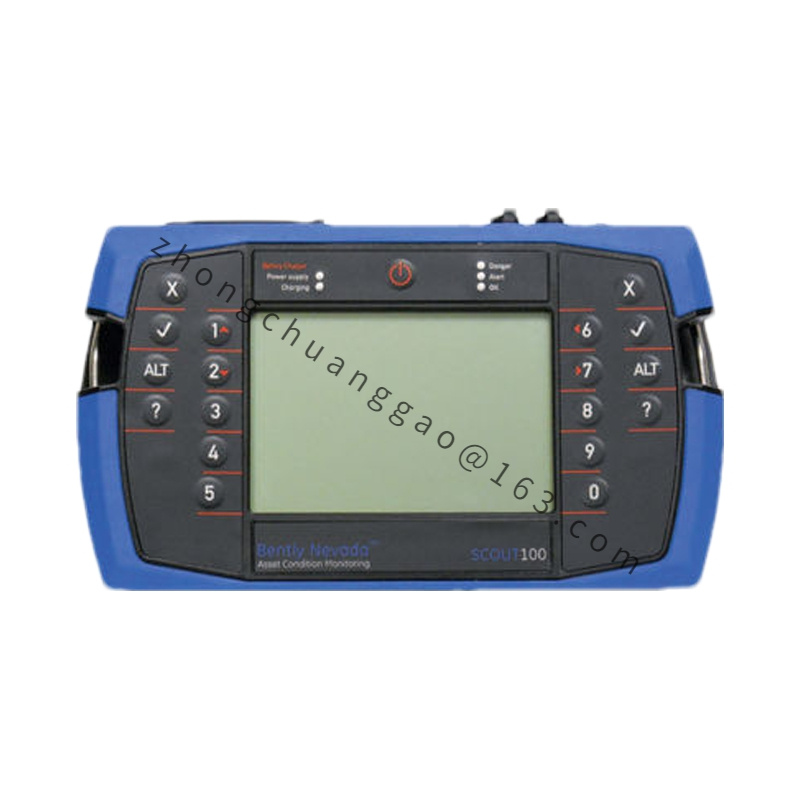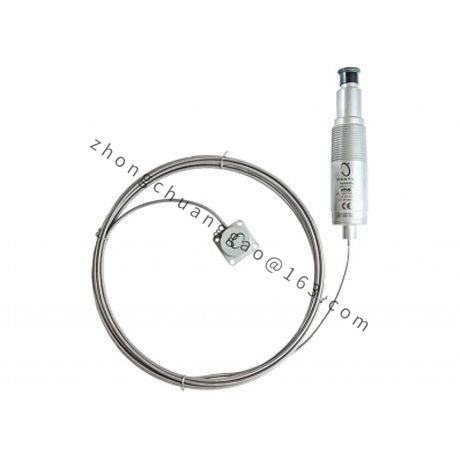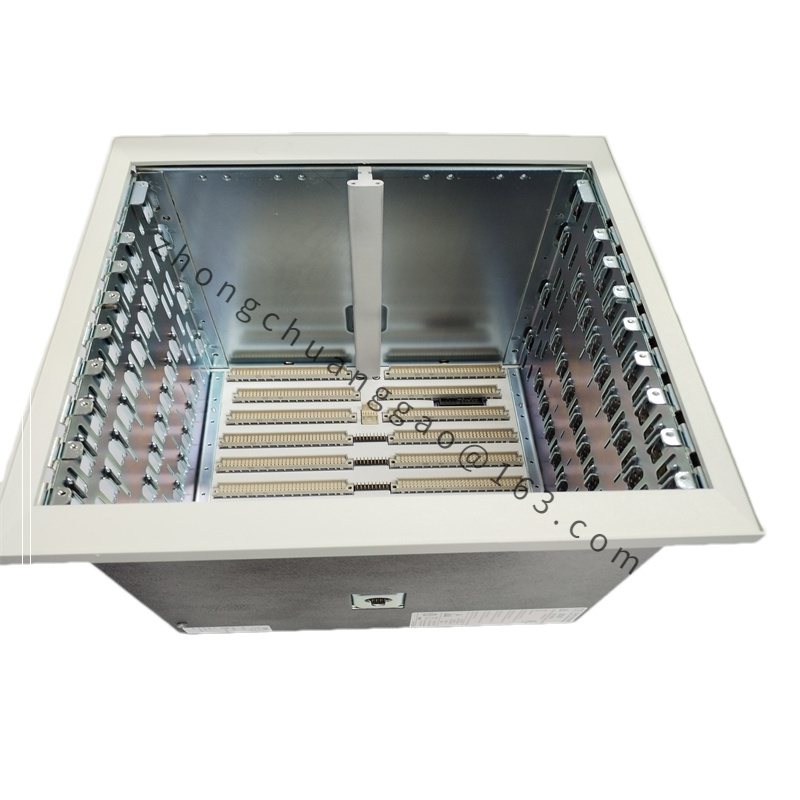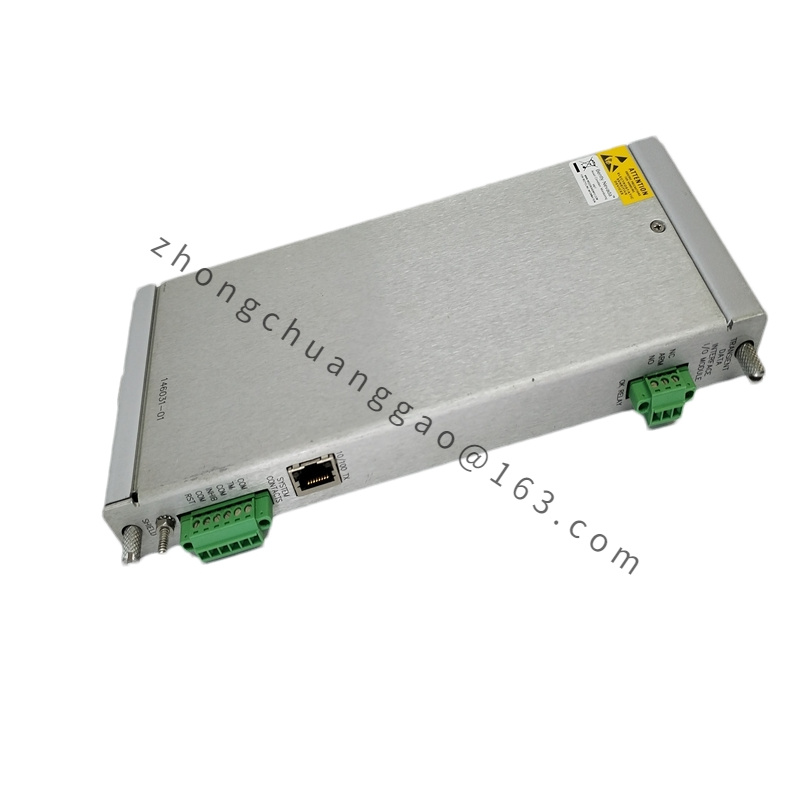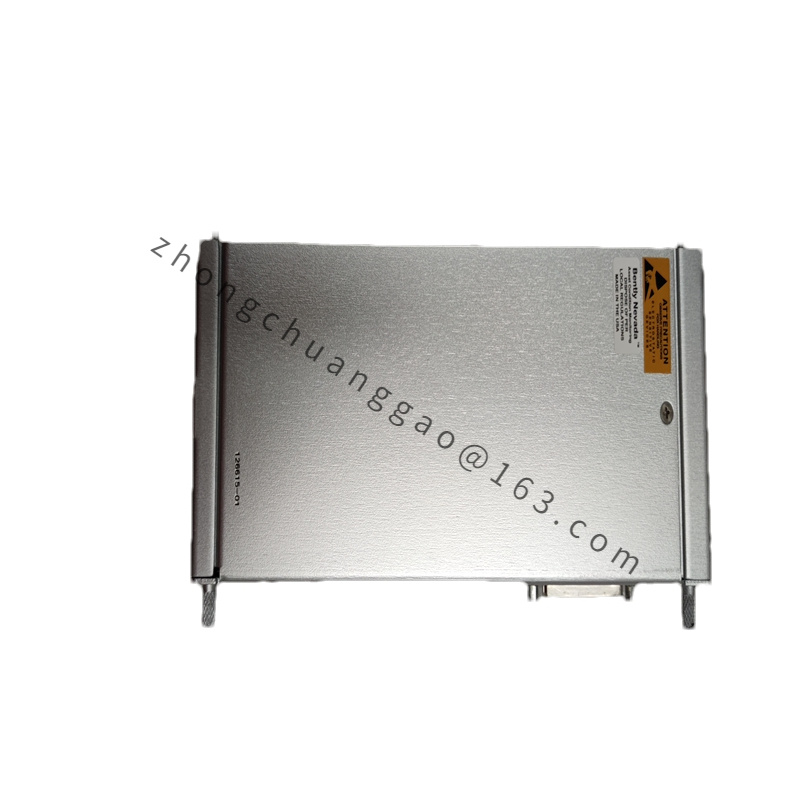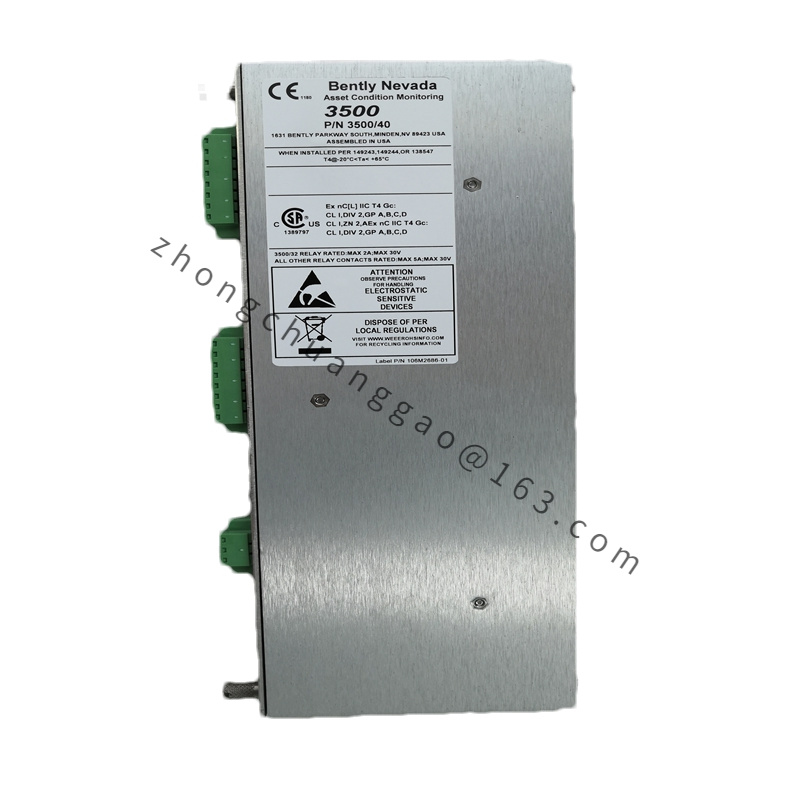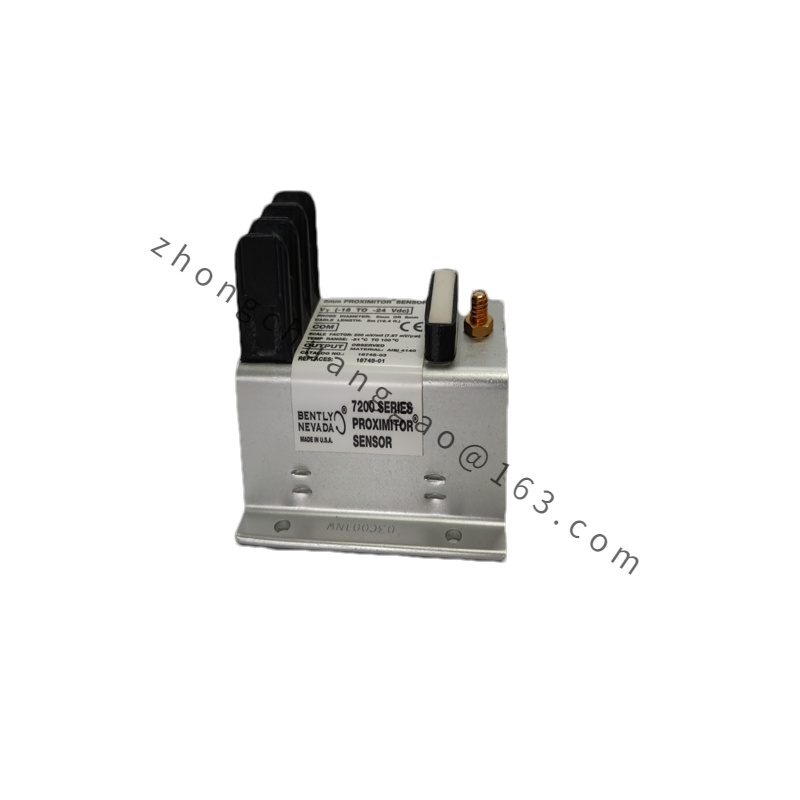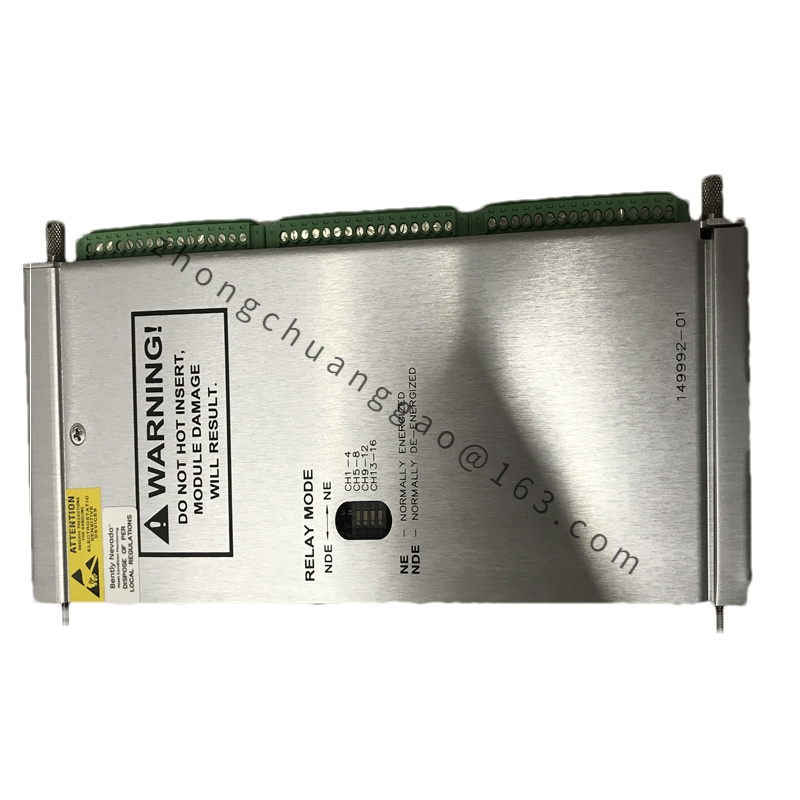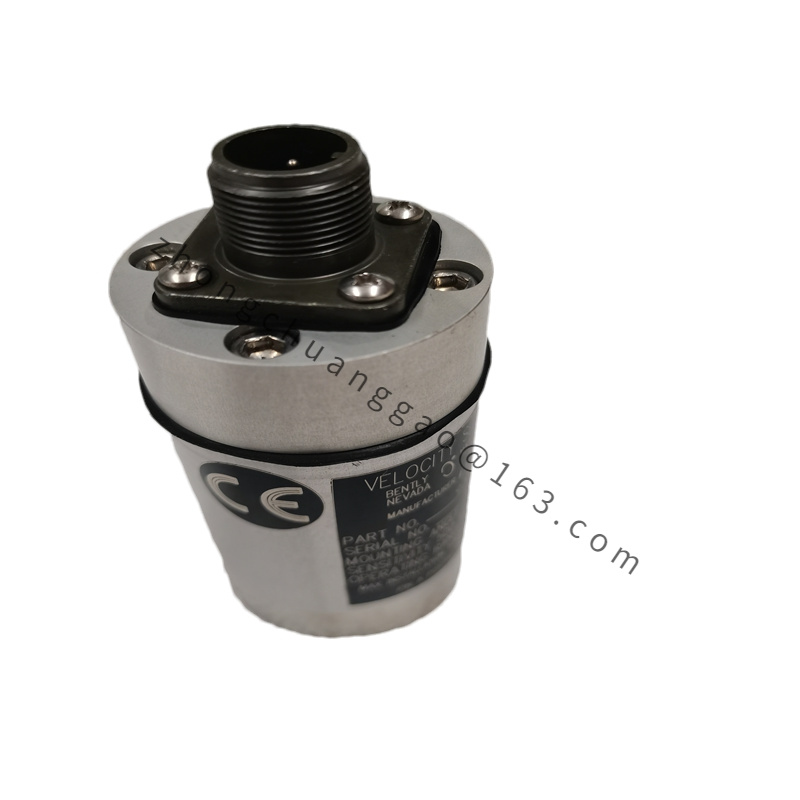Detailed content
Technical Specifications
- Model: Bently 330730-040-00-00
- Type: Vibration Sensor (Accelerometer)
- Measurement Range: Designed to measure vibration acceleration. The exact measurement range should be referenced from the product datasheet. Typically, such sensors are designed to cover a wide range suitable for various industrial applications.
- Output Signal: Provides an analog output, often configured as a 4-20 mA current loop signal. This type of output is standard for many industrial monitoring systems, facilitating integration into existing setups.
- Sensitivity: Sensitivity is generally specified in units of mV/g (millivolts per gravitational acceleration). The precise sensitivity value should be confirmed in the datasheet.
- Frequency Response: Capable of measuring a broad frequency range to accommodate different vibration monitoring needs. The specific frequency response characteristics are detailed in the datasheet.
- Operating Temperature Range: Typically operates effectively within a wide temperature range, such as -40°C to +85°C (-40°F to +185°F), ensuring reliable performance in diverse environmental conditions.
- Protection Rating: Usually features a high protection rating, such as IP67, indicating resistance to dust ingress and temporary immersion in water.
Features
- High Accuracy: Provides precise vibration measurements, which are essential for detecting small changes and potential issues in machinery.
- Durable Construction: Designed to withstand harsh industrial environments, ensuring long-term reliability and durability.
- Stable Operation: Known for its stable and consistent performance over time, which is crucial for effective monitoring and analysis.
- Ease of Integration: Compatible with various vibration monitoring systems, allowing for straightforward incorporation into existing infrastructure.
Application Scenarios
- Machinery Condition Monitoring: Ideal for monitoring the health of rotating equipment such as motors, pumps, compressors, and turbines. The sensor helps in the early detection of mechanical issues through detailed vibration analysis.
- Predictive Maintenance: Plays a key role in predictive maintenance programs by providing vibration data that helps forecast potential equipment failures, reducing downtime and maintenance costs.
- Industrial Automation: Used in automated systems to ensure continuous monitoring of machinery, maintaining smooth operation and preventing production interruptions.
- Power Generation and Oil & Gas: Applied in critical industries like power generation and oil & gas to monitor essential equipment, prevent unexpected failures, and maintain operational efficiency and safety.
Usage Considerations
- Installation: Proper installation is crucial for accurate measurements. Ensure the sensor is mounted in the optimal position to effectively measure relevant vibrations.
- Calibration: Regular calibration is necessary to maintain the sensor’s accuracy and performance over time.
- Maintenance: Routine inspection and maintenance are important to keep the sensor functioning correctly and address any potential issues.

